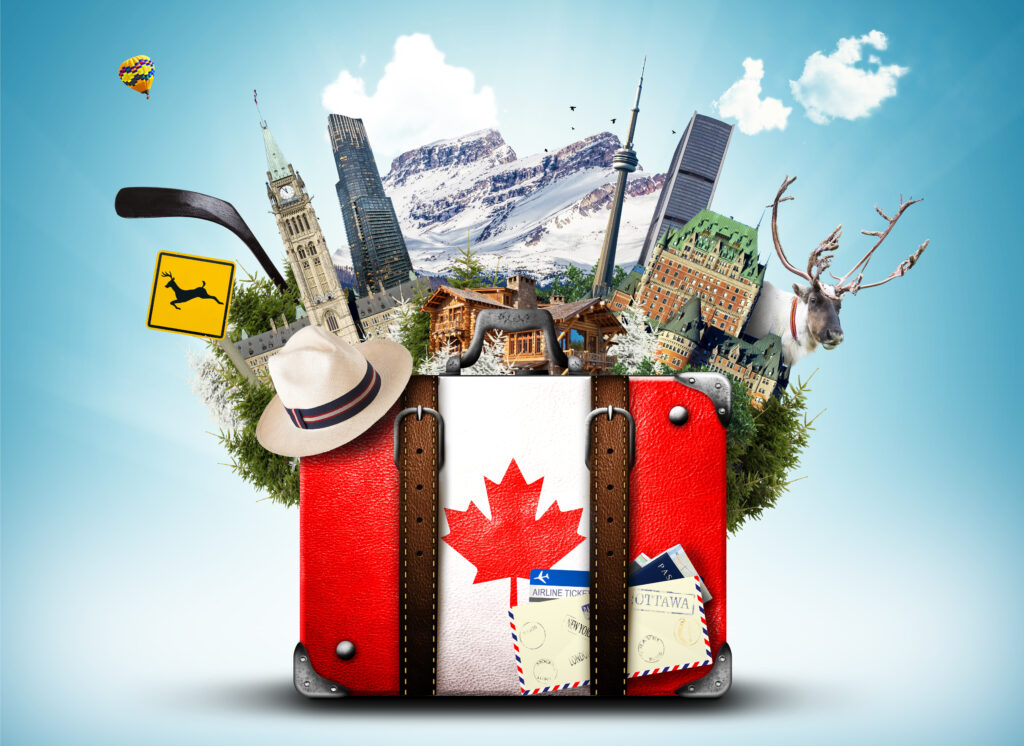
If you plan to visit Canada and require a visitor visa, preparing a thorough and accurate application is crucial. Recent comments by Immigration Minister Marc Miller indicate that new regulations have led to a significant increase in refusal rates—exceeding 61% for applicants from some countries. Visitor Visa – Parisa Erfani
Work with a Qualified Immigration Professional
Given the heightened scrutiny, seeking guidance from an experienced immigration representative can improve your chances. Below are key strategies to help reduce the likelihood of a refusal:
1. Submit a Complete and Accurate Application
Ensure all required forms, such as IMM 5257 (Temporary Resident Visa) and IMM 5707 or IMM 5645 (Family Information), are fully completed. Do not leave any fields blank—use “N/A” where a question does not apply to you.
Attach all documents listed on your personalized checklist, including two compliant passport photos and payment of all applicable fees.
2. Provide Honest and Consistent Information
Be truthful when completing your application. Any false statements or missing details—intentional or not—can be considered misrepresentation. This may result in a visa refusal and a possible five-year ban from Canada.
Double-check for inconsistencies across forms and supporting documents, such as mismatched dates or unclear timelines.
3. Demonstrate Strong Ties to Your Home Country
Visa officers must be convinced that you intend to return home after your visit. To support this, include documents such as:
- A letter confirming stable employment;
- Ownership of property or a business;
- A lease or proof of permanent residence;
- Family connections such as marriage or birth certificates.
4. Show Proof of Financial Support
Applicants must prove they can afford their trip. Acceptable documents include:
- Recent bank statements;
- Employment letters noting salary;
- Pay stubs;
- Investment account summaries.
This helps show you can cover all travel-related expenses, from transportation and lodging to daily costs.
5. Clarify the Purpose of Your Visit
A clearly stated reason for your trip helps reassure officers of your temporary stay. Submit a detailed itinerary, including flight and hotel reservations, event invitations, and, if relevant, a cover letter explaining your plans.
6. Check for Inadmissibility
Some applicants may be barred from entering Canada. Common reasons include criminal history—such as DUIs, fraud, or assault—but can also include health, security, or financial concerns.
If you suspect you may be inadmissible, consult an immigration lawyer for advice on possible remedies.
Who Needs a Visitor Visa?
Foreign nationals generally require a visitor visa (also known as a Temporary Resident Visa) to enter Canada unless they are from a visa-exempt country.
eTA Requirement:
Citizens of some visa-exempt countries must still obtain an Electronic Travel Authorization (eTA) to fly to Canada. However, this is not required for land or sea entry. For example, in 2024, Canada reintroduced visa requirements for Mexican nationals, though some exceptions may apply.
Exempt Travelers:
U.S. citizens, U.S. green card holders, and certain French citizens flying directly from Saint Pierre and Miquelon are exempt from both visas and eTAs.
Types of Visitor Visas
- Multiple-entry visa: Allows repeated entry into Canada, usually valid for up to 10 years, with stays up to six months each visit.
- Single-entry visa: Allows entry for one visit only, after which a new application is needed.
Super Visa for Parents and Grandparents
For parents or grandparents of Canadian citizens or permanent residents, the Super Visa permits extended stays of up to five consecutive years. It’s a multiple-entry visa and may be valid for up to ten years. Super Visa – Parisa Erfani
Visitor visa refusals for Canada are on the rise. Here’s how you can avoid them | CIC News
